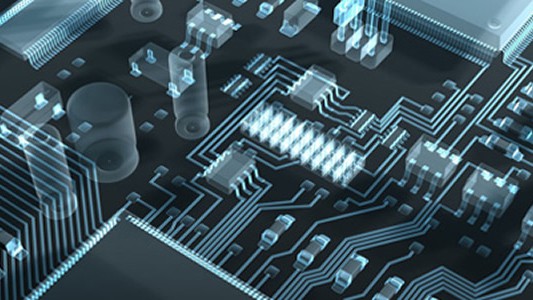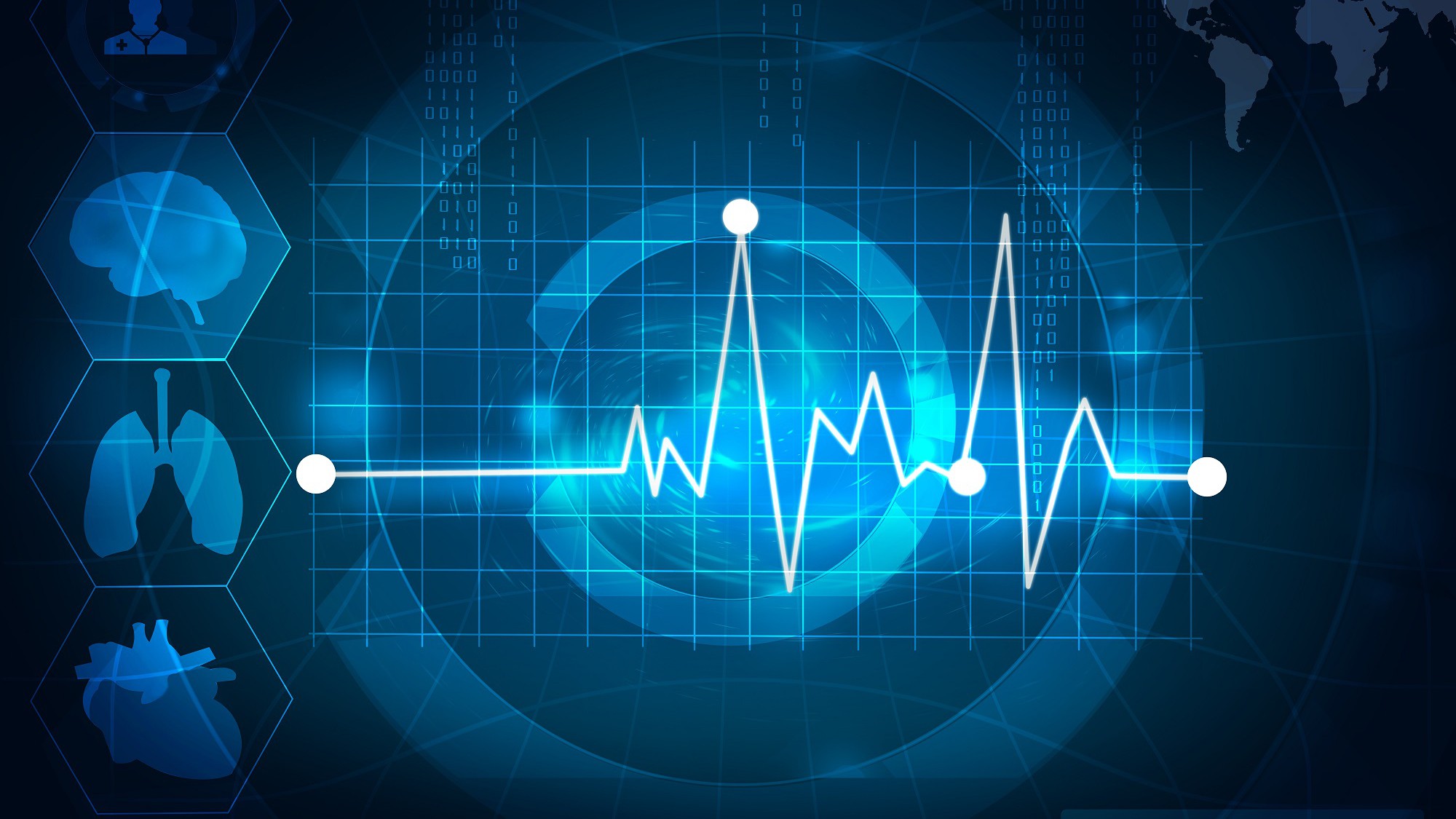We all know the truth: doctors and nurses would rather spend their time, you know, being doctors and nurses instead of crouched in front of dimly-glowing monitors, punching patient information into electronic health record systems.
However, the fact remains that EHR can be extremely helpful for communication and long-term patient safety, as well as its benefits to medical research, medical data collection, and trend analysis and prediction.
But much in the same way that a painful procedure can be made better by excellent bedside manner, EHR (also called EMR) can be made less frustrating through a few simple developments in technology, EMR computers, employee training, and HIT decisions.
What Makes EMR Difficult
Article Guide
Healthcare is already understaffed and the clinicians overworked — add to that a bundle of intensive clerical work, and you can pretty easily understand why EMR is not looked at fondly. According to the Medscape Annual Survey, 50% of an average doctor’s day is spent entering data into EHR — which also means the physician only spends half their day being a doctor. Imagine if you became a vet because you love helping animals but then found out you were forced to spend half your time making macaroni necklaces.
Burnout is already a major factor — according to the Medscape National Physician Burnout & Depression Report, over 66% of doctors report burnout, with 56% of doctors overall specifically blaming EMR and increased documentation as the source of their exhaustion and ennui.
But it isn’t just the massive time-suck that makes EMR difficult: it’s also a combination of small frustrations like an incompatibility between providers and/or EHR vendors, confusing layouts, few options for simplifying data entry, and the tedious nature of managing so many disparate details and entry fields.
Up until recently, the only way to speed up EMR entry was just to tuck in and grind. However, there are hardware, software, AI breakthroughs, and other tech shortcuts that may be able to reduce some of that grind and get doctors and nurses back to doing what they’re best at: helping patients.
Touchscreens Have Shallower Learning Curves
Modern medical touch screen computers can do wonders for speeding up EMR data entry.
For one, touch screen computers tend to be easier to learn — these days, most toddlers can pick up a smartphone and at least play a game or follow simple instructions. Give them a mouse and keyboard and I promise you you’ll get a completely different result.
When you can just reach out and touch the part of an interface that you need, it happens faster, more intuitively, and doesn’t require you to shift your thought processes through a more abstract interface like a mouse.
If a doctor inputting EHR can tap the field they need to fill, it cuts out the middle man and makes things go faster. Touchscreen medical computers usually require less training for the same reason. Plus, there’s really no downside — the mouse and keyboard will always be there (if you want it to be) for people who have trouble with the new workflow.
How Can Natural Language Processing Improve EHR
Many doctors have already begun to employ medical scribes to pick up some of the administrative work, recording patient interactions and the like, which is a great idea and is highly effective.
But this idea can be stretched further — or at the very least augmented — by advances in “natural language processing.” Referred to as “NLP,” natural language processing is a branch of computing devoted to programming computers to understand, process, categorize, and ultimately understand and synthesize “natural language,” or basically normal human speech and writing.
Research companies like Prometheus Research are already engineering methods to turn doctors notes (via text or speech) directly into categorized information that an EMR program can input directly (and automatically) into the appropriate fields on the form. They do this by feeding the computer large amounts of these natural language notes and configuring the program to recognize patterns and understand what information to pull out and plug into the appropriate fields.
Things like names, gender, age, verbally answered questions, and the like can all be grabbed from the doctor’s own handwriting (or the scribes) or from an audio recording and punched right into the EMR computer without the need for manual input.
While this technology is still in the development phase, the work looks promising and could end up being a huge relief for clinicians in the near future.
Training, Training, Training
New users have to be trained better. And while training clinicians to do paperwork they don’t want to do isn’t exactly easy, there are different techniques that may provide more clarity and less frustration for student and teacher alike.
The first move, other than a basic training lecture and hands-on practice, is to identify the tech levels of all employees in the training (and, ideally, in the hospital). Then, it’s best to “deputize” some of the more tech-savvy doctors and nurses to help answer questions and to do hands-on help with their peers.
Next step, of course, is to not overtrain or overload users with too much information. If a doctor, nurse, or admin is only using certain features of the EHR system, those are the only portions the user should be learning. In fact, it would be wise to figure out these needs with the EHR vendor, the IT department, and select senior staff to figure out those specialties in advance. Then, you can separate the staff into appropriate groups and only teach what they need to know. Anything else is just going in one ear and right out the other.
The last step, of course, is to follow up on the training. Ask all participants within a week how they feel about their working knowledge. Then ask them again in a month, and offer pick-up training sessions for anyone interested. Ask again in six months, and finally a year, all the while maintaining an open line of communication with those staff who need more help (and your deputized tech-savvy clinicians as well).
Improving EMR One Step at a Time
Electronic medical records aren’t going away — in fact, adoption has increased dramatically across all healthcare demographics. Which is a good thing for healthcare and patients overall. Strong, compatible, secure medical records that are accessible to only those providers and clinicians that need it can literally save lives. It can help prevent accidental harmful drug interactions, can reduce clinical errors and mistreatment, and can provide a strong electronic paper trail to protect good doctors from harmful or frivolous lawsuits.
However, that doesn’t mean they can’t be improved, and it doesn’t mean that doctors and nurses should have to be satisfied with the way things are right now.
As you can see, there are a few technological advances already available or on their way that will speed up EMR, reduce burnout, and create better records for everyone. To learn more about streamlining EMR on medical computers, contact Cybernet today.
Can Your Medical Computers Run Military Genesis EHR?
June 23, 2017
MHS Genesis EHR is now a reality. After four years of planning, months of tests and delays, and a $4.3-billion contract, Department of Defense’s first electronic health records implementation is live at Fairchild Air…
0 Comments10 Minutes
4 Ways That AI will Affect Medical Computer Systems
August 28, 2018
The term “artificial intelligence” conjures images straight out of science fiction blockbusters: super-smart machines controlling all aspects of life, and often running wild to destroy their human creators. In reality,…
0 Comments6 Minutes
A Few Problems Medical Professionals Face with EHR Compatibility
January 30, 2020
According to HealthIt, more than 95% of hospitals and office-based physicians have started utilizing EHR software. It’s clear use of EHR software has become the majority standard in a decade. Medical professionals…
0 Comments10 Minutes
You Can't
Learn from a Pop-up
But we can deliver knowledge to your inbox!
We dive deep in the industry looking for new trends, technology, news, and updates. We're happy to share them with you.
Knowledge, News, and Industry Updates Right in Your Inbox





